
For 25 years, I’ve had the privilege of interviewing todays leading health experts, doctors and scientists for my syndicated radio show To Your Good Health Radio. While most of them have contradicting opinions on diet, exercise and nutrition, they all share one common belief: sugar is a leading cause of disease! Everything from obesity, diabetes, and heart disease, ADHD, to cancer has been linked to sugar consumption.
In 1907, the chief of the Philadelphia Bureau of Health put cravings for sugar in the same category as alcohol. Fast-forward to over a century later and science reveals sugar causes the brain to react the same as it does with cocaine addition. Too much sugar can even alter the mind and cause a strong association with violence. In fact, the "Twinkie defense" has been argued in many court cases as being the cause of "diminished mental capacity” and blamed for violent crimes.
Okay, the white sugary powder is addictive, causes disease and may even contribute to violent crimes. Then how are we supposed to satisfy that darn sweet tooth? Are all sweeteners bad? For this ranking, I’m starting with the worst offender, then working down to the most healthy (or rather, least unhealthy) option.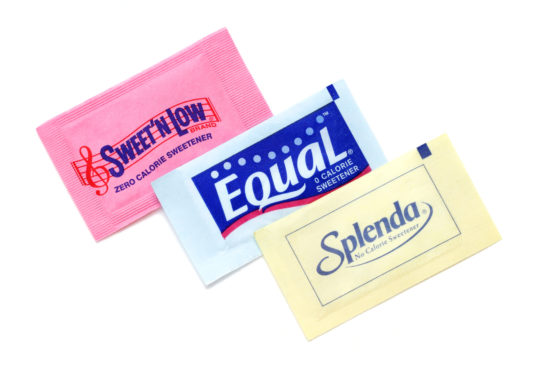
1. ARTIFICIAL SWEETENERS
This is the LEAST healthy on my list. It may come to you as no sweet surprise but America has been duped into believing artificial sweeteners are healthier than sugar! Anything that is labeled “artificial” means chemists in a laboratory create it. People turn to these artificial sugar alternatives sold in the blue (aspartame,) yellow (sucralose,) and pink (saccharin) packets to keep from gaining weight. However, research shows, they actually stimulate appetite and contribute to obesity! A study at the University of Texas Health Science Center at San Antonio found that participants who drink diet soft drinks containing artificial sweeteners, increase their risk of obesity by 41 percent for every diet soft drink they consume. Considering on average, diet soft drink consumers drink five sodas a day, it’s no wonder obesity has become such an epidemic! Artificial sweeteners trick the brain into thinking you have consumed sugar which can lead to more cravings and ultimately more sugar intake.
In addition, artificial sweeteners are formulated with an array of toxic chemicals that have been linked to ailments like depression, arthritis, Parkinson’s disease, Alzheimer’s disease, and even cancer.
Chemicals that are used to manufacture artificial sweeteners include acetone, also used in nail-polish remover; benzene, a carcinogen found in gasoline; toluene, used in glues and paints; and methanol, a poisonous wood alcohol also used in antifreeze and windshield washer fluid. And, of course, the ingredient I love to death, formaldehyde; the chemical used to embalm dead bodies. For those who put artificial sweeteners in their morning java, this puts a new meaning to the term “killer cup of coffee.”
Artificial sweeteners are not good for you and do not help aid in weight loss. So why bother?

2. WHITE SUGAR
Sugar, in all forms, is a simple carbohydrate that the body converts into glucose to use for energy. The effect on the body and its overall health depends on the type of sugar you’re eating, either natural or refined. White refined sugar comes from sugar cane or sugar beets. To make white sugar, sulfur dioxide is added to cane juice before it gets evaporated. This gas bleaches the juice white. Then phosphoric acid, calcium hydroxide or carbon dioxide is added to absorb impurities. The juice is then filtered through a bed of carbon and it’s crystallized in a vacuum to produce sugar crystals.
Refined white sugar is digested rapidly, which is why you typically don’t feel full and the reason one donut leaves you wanting two and then three.
It’s common knowledge that consuming white sugar isn’t a healthy choice. In addition to causing cavities, high-sugar diets have been associated with an increased risk of many diseases, including heart disease, the number one cause of death worldwide, depression, obesity, diabetes and cancer.
America is considered the sickest developed country. We also consume the most sugar, averaging 140 pounds of sugar per year! In recent years, people have become more health conscious so the food industry often hides sugar on food labels by calling it different names. A rule of thumb to finding hidden sugar in your food is to look for any ingredient ending in “ose” like: dextrose, fructose, lactose, sucrose, and maltose.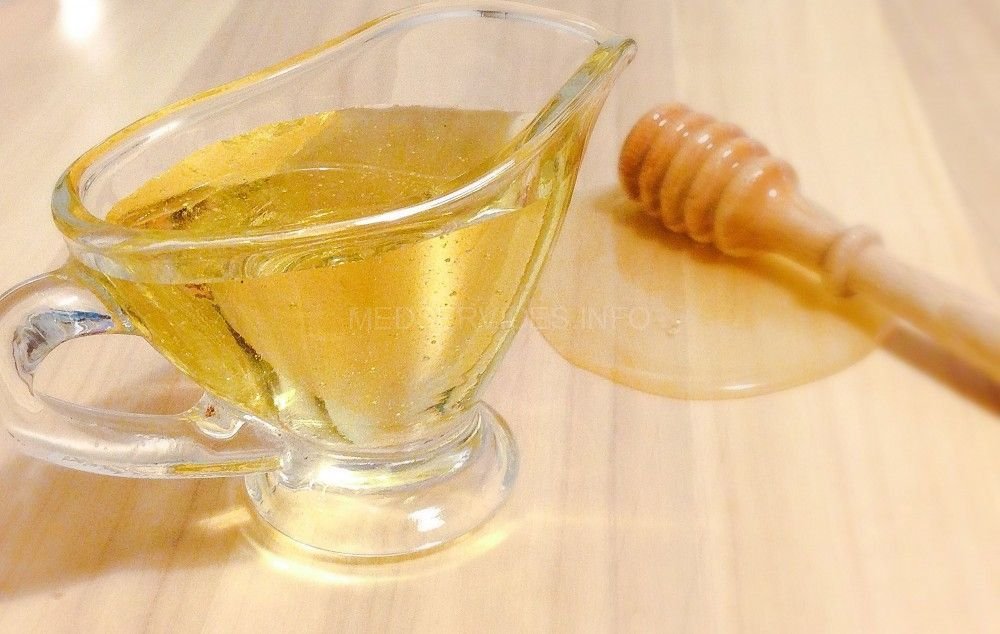
3. LIQUID SUGAR
Liquid sugar is the white refined sugar in liquid form, often added to sodas, juices and mixed alcoholic drinks. The problem with drinking your sugar is it’s easier to consume larger amounts without feeling full. Research shows the brain doesn’t register liquid sugar calories the same as it does calories from solid food. Also, when you drink liquid sugar, it doesn’t lower your hunger hormone ghrelin as much as when you’re eating food that contains sugar. When comparing the effects of eating a sugar loaded candy bar or drinking a soda containing the exact amount of sugar, drinking this same amount of sugar brings a much higher risk of developing type 2 diabetes.
One of the biggest frustrations I have is when I see parents giving their children fruit juice, believing it’s healthy. These juices are loaded with liquid sugar and are a major cause of childhood obesity and an increased risk of type 2 diabetes. Even varieties sold with “no added sugar” stated on the label can actually contain more sugar and calories than sweetened sodas! Drinking fruit juice can increase the risk of an early death by as much as 42%
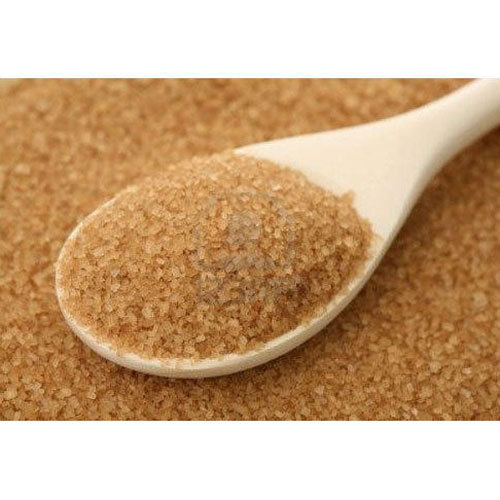
Brown sugar is essentially the same as refined white sugar. The difference is that brown sugar has molasses added back into it. Molasses contains polyphenols, which are natural chemicals found in plants that have antioxidant properties..
Depending on how much molasses is added determines how dark the sugar will appear. Light brown sugar contains 3.5 percent molasses and dark brown sugar contains 6.5 percent molasses. Many people believe that brown sugar is the same as raw sugar but they are quite different. White and brown sugar does not have the nutritional content found in raw sugar, which is derived from sugar cane juice. Most brown sugar in North America is partially or totally beet sugar, which is usually genetically modified. GMO beet sugar is contaminated with Monsanto’s gut destroying glyphosate (Roundup) residue.
One small benefit that brown sugar has over white sugar is, it contains more water, which slightly lessens its caloric value by weight compared to white sugar (caloric value per teaspoon is 11 kcal for raw sugar and 16 kcal for white sugar.)
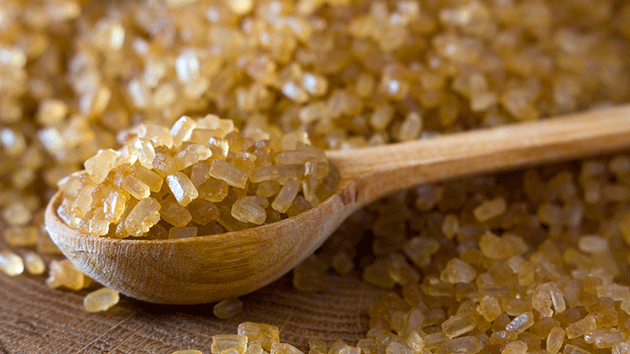
Along with white refined sugar, most hip coffee shops now offer “raw sugar” as a healthier alternative. Most people think of the word “RAW” as meaning nothing has been removed or added; however, when it comes to sugar, this is not not the case. The USDA allows sugar companies to use the word “RAW” when sugar isn’t bleached. Unlike white sugar, which has the molasses removed during processing; raw sugar is processed from the sugar cane and retains a small amount of molasses. After raw sugar is centrifuged, it retains 2% of its molasses and the other 98% remains as sucrose. Compared to refined white table sugar which has no molasses and 99.9% sucrose. Because the molasses in raw sugar is added after the drying process, this causes the crystals to get stuck together, giving it that classic “sugar in the raw” appearance. Raw sugar is often labeled as turbinado sugar, which derives its name because the sugar is spun in a cylinder or turbine. 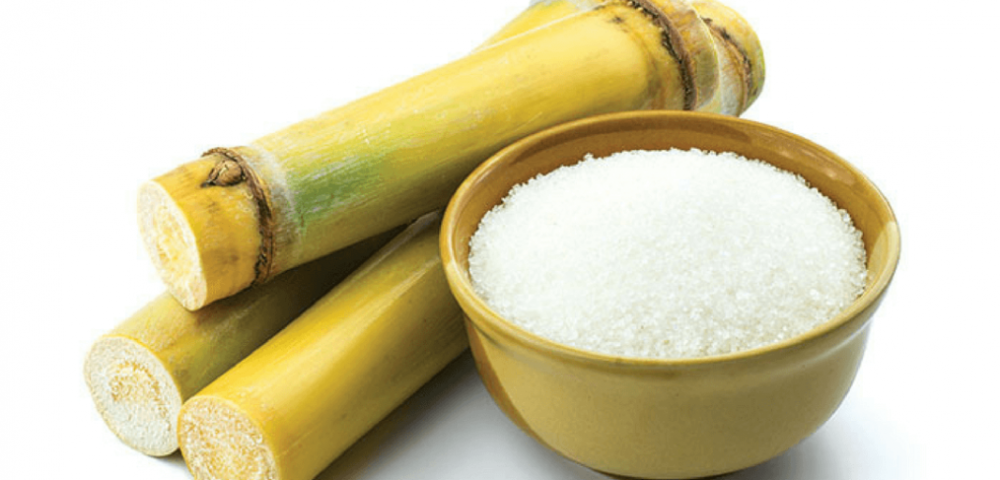
6. CANE SUGAR
Unlike white refined sugar, which is stripped away of all its nutritional value, unrefined cane sugar has the same vitamin and mineral consistency as sugarcane plant juice. Sugar cane juice is naturally rich in antioxidants, namely polyphenols, which helps defend against free radicals and toxins found in the environment. A study published in Food Chemistry found that sugar cane contains high levels of antioxidants; however, the high heat of processing destroys many of them. Like brown sugar, molasses is also an ingredient in raw sugar, which gives it that brown color.
Sugarcane juice is widely consumed by people of the tropics and subtropics. It has been used to cure jaundice and liver-related disorders. Research shows sugar cane juice may also protect the body against DNA damage caused from radiation.
Cane sugar contains fiber which makes it more filling than white processed “empty calorie” sugar. It’s also more environmental safe because it requires less energy, less waste products and no added chemicals or gas that is used to produce white sugar.
It’s best to go with “USDA Certified organic cane sugar,” which means it’s made from organic cane and contains no genetically modified seeds, synthetic pesticides or fertilizers. Avoid cane sugar products made from beets because in the United States, genetically modified varieties of sugar beets are used and there is no organic beet sugar farming. If you want organic, non-GMO beet sugar, you can sometimes find it imported from Europe.
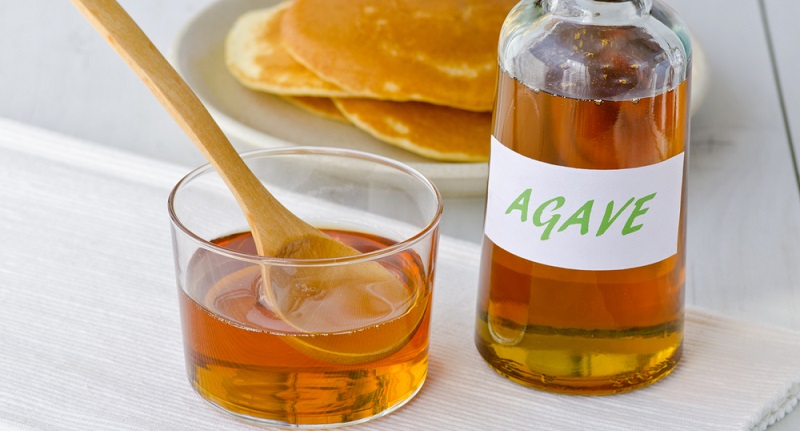
Agave is mostly produced in Mexico, made from the blue agave plant. It’s also used to make tequila. Agave is 1.5 times sweeter than regular sugar and contains 60 calories per tablespoon, which is more than white table sugar, which contains 48 calories per tablespoon. However, while it may be high in calories, agave contains healthy fiber called fructans, which are linked to beneficial effects on metabolism and insulin. According to the Journal of Medicinal Food, agave nectar causes less weight gain and decreased levels of insulin and blood sugar compared to regular sugar.
Unfortunately, by the time the processing is complete, the fiber and nutrients in refined agave sweeteners are essentially destroyed .
Agave nectar has been touted as being “diabetic friendly” because it doesn't spike blood sugar levels like white sugar. Even so, the American Diabetes Association recommends limiting the amount of agave nectar in your diet. Consuming too much can wreak havoc on metabolic health. When your liver gets overloaded it turns the fructose found in agave nectar into fat, which raises blood triglycerides and has been linked to causing fatty liver disease. Therefore, it’s best to limit consumption of agave nectar or opt for other natural sweeteners.

Maple syrup is made by tapping sugar maple trees, then boiling the sap to produce a thick syrup. Don’t confuse this with the heavily processed watered down Aunt Jemima syrup. Unlike refined white sugar, which if void of any nutrients, pure maple syrup contains minerals including manganese [bone health/brain function,] calcium [bone health,] potassium [healthy muscles,] iron [blood,] and zinc [skin and immune system.] In addition, pure maple syrup contains up to 24 different antioxidants which aids in the prevention of chronic diseases, such as cardiovascular disease, diabetes and cancer.
While white sugar is 99.9% sucrose, maple syrup is only 66% sucrose and therefore doesn’t cause as much of a sugar spike when ingested. White sugar is known for causing inflammation and linked to the cause of cancer. In comparison, maple syrup is a much less inflammatory sweetener and may even protect against cancer. This is because the powerful antioxidants in maple syrup help protect the body from DNA damage and mutation. The deeper dark colored maple syrup supports a healthy gut. It’s even been used as a natural medicine for gastrointestinal cancer treatment.
Antibiotics have gotten a bad reputation for killing healthy cells along with infection-causing bacteria. This can lead to the creation of “superbugs” that no longer respond to known antibiotics. Research published by the American Cancer Society found when people take maple syrup in conjunction with antibiotics, they observed the same antimicrobial effect with 90 percent less antibiotics. In other words, the maple syrup extract helped the antibiotics work better by increasing the permeability of the bacteria, bringing the antibiotics into the bacterial cells more efficiently.
When buying maple syrup, read the label to make sure it’s pure maple syrup and not refined cane/beet sugar or contains high fructose corn syrup. Always go with organic maple syrup to ensure the trees weren’t treated with any pesticides or chemicals.

9. MOLASSES
Molasses is a by-product obtained from the processing of sugar cane and sugar beet into table sugar. Its thick texture is where the well-known adage “slow as molasses” comes from. Molasses offers a plethora of vitamins and minerals, such as niacin [circulation, cholesterol lowering,] vitamin B-6 [brain, cardiovascular health,] riboflavin [skin, eye, hair,] thiamine [energy, immune system,] and essential minerals such as calcium, magnesium, potassium, copper, iron, phosphorus and sodium [bone, muscle heart, live and blood support.]
For those watching their weight, molasses is a great sweetener option.Research published in the Journal of Applied Pharmaceutical Science suggests that the polyphenols present in molasses may be effective in reducing obesity. Molasses was found to help lower body weight and fat content by reducing the absorption of calories in the body.
There are three varieties of molasses – light, dark, and blackstrap – all of which come from different foods processed into sugar. Molasses is either made from cane or sugar beets. Cane sugar is compressed to create juice, and then boiled once to create cane syrup. A second boiling creates molasses. After this syrup has been boiled a third time, a dark viscous liquid emerges known as blackstrap molasses. It is the healthiest molasses and contains the lowest sugar content of any sugar cane product.
Just 5 tablespoons of blackstrap molasses contains 50 percent of the recommended daily allowance of calcium, 95 percent of iron, and 38 percent of magnesium. If you have diabetes, research shows blackstrap molasses can help stabilize blood sugar levels. Blackstrap molasses is high in the mineral chromium, which increases glucose tolerance. Research published in the Journal of the American Dietetic Association shows blackstrap molasses contains the highest amount of antioxidants when compared to other sweetener.
Black strap molasses is successfully used to help females suffering with irregular menstruation, cramps and PMS. Blackstrap molasses is sometimes referred to as pregnancy tea, because of its high levels of iron, folate, and other minerals which are essential for the growth and development of the baby.
Being high in calcium, black strap molasses can also play a role in maintaining bone health. If you’re suffering from muscle cramps, spasms, or general body fatigue, the magnesium in black strap molasses can offer relief. When buying blackstrap molasses, make sure it’s “organic” and unsulphured form.
Some manufactures use sulfur dioxide during sugar cane processing to extend its shelf life. Sulfur dioxide has been identified as a key problematic substance involved with a common allergic reaction to sulfite in foods. It’s also considered a pollutant of enormous concern to environmental scientists.

Honey is thick, sweet liquid made by honeybees. It has natural anti-bacterial and anti-viral properties and is chock-full of many health enhancing nutrients and antioxidants. Honey has been used to treat an array of health conditions ranging from high blood pressure, diabetes, high cholesterol, cardiovascular disease, stomach ulcers, wound healing, to fighting tooth decay and gingivitis!
But not all honey is the same. The health benefits of consuming honey depends on the type of honey as well as when and how it's harvested. Also, some honey is mixed with high fructose corn syrup, which has been linked to causing inflammation and contributes to many diseases.
While all pure honey has health benefits, my favorite is called manuka, which is honey on steroids! Manuka is made in Australia and New Zealand. It’s available at most grocery and health food stores. Manuka honey has antiviral, anti-fungal, anti-bacterial, anti-inflammatory and antioxidant benefits. It’s an effective treatment for stomach ulcers because it kills the H. pylori, a bacteria that’s been associated with causing ulcers. It’s also been found to be effective against chronic diarrhea and C. difficile, a bacterium that can cause life-threatening inflammation of the colon.
Unlike white processed sugar, which causes cavities and gum disease, studies have shown manuka honey attacks harmful oral bacteria associated with plaque formation, and tooth decay. Research shows people who consumed manuka honey have shown a significant reduction in plaque and gingival bleeding
Make sure to choose a high-quality brand of raw honey and not one that is mixed with any syrup. Check the ingredients and look for the only ingredient listed as being “honey.” Also, buy honey in a glass container instead of plastic, as this will ensure it’s more stable. Avoid clear honey which is an indication that it’s been filtered. Good quality honey is foggy, a natural effect of bee pollen.

11: STEVIA
Top on the list of the best sweetener is Stevia! It is 200-300 times sweeter than sugar and has been used to sweeten beverages and make tea since the 16th century.
Stevia is naturally free of calories and has a glycemic load of zero, meaning it’s great for diabetics and does not spike blood sugar. Research shows stevia can significantly lower insulin and glucose levels and reduce appetite. Stevia has also been shown to help lower total cholesterol, LDL (“bad”) cholesterol, increase the HDL (“good”) cholesterol with no negative side effects.
A double-blind, placebo-controlled study demonstrated that long term stevia consumption produces significant, lasting decreases in blood pressure in patients with mild to moderate hypertension. Some evidence suggests stevia may help fight or prevent cancer. A glycoside called stevioside found in stevia plants boosts cancer cell death and also helps decrease some mitochondrial pathways that supports cancer growth. These stevia glycosides are specifically toxic to leukemia, lung, stomach, and breast cancer cells.
The human body can’t digest erhythritol and it’s been known to cause allergic reactions, and digestive issues which includes bloating, gas and diarrhea. Erythritol does not affect insulin or glucose levels; however, it can cause belly fat and weight gain! Erythritol lowers satiety hormones like Glucagon-like peptide (GLP-1), and peptide YY (PYY) which tells your brain when you are full. That means consuming erythritol makes it more difficult to regulate your food intake.
That said, when shopping for the purest stevia, always buy a powdered product that is 100 percent pure stevia extract (not stevia powder, which indicates it is a blend and not pure extract.) You can also go with a pure alcohol-free liquid stevia. Or, do what I do and grow your own stevia. It’s really not that difficult.
Here’s a picture of stevia I grew in my garden.
About the Author
Dr. David Friedman is the author of the award-winning, #1 national best-selling book Food Sanity, How to Eat in a World of Fads and Fiction. He's a Doctor of Naturopathy, Chiropractic Neurologist, Clinical Nutritionist, Board Certified Alternative Medical Practitioner, and Board Certified in Integrative Medicine. Dr. Friedman is a syndicated television health expert and host of To Your Good Health Radio, which has changed the face of talk radio by incorporating entertainment, shock value, and solutions to everyday health and wellness issues.
Read more hereFOODSANITY.COM .